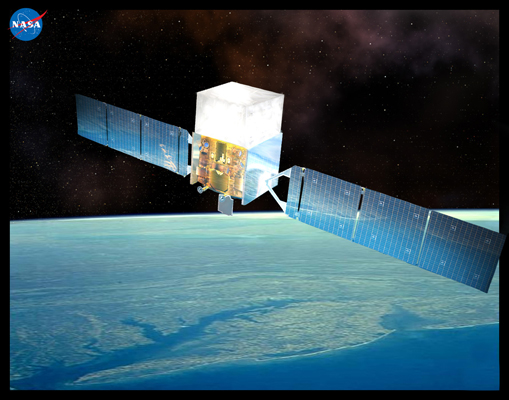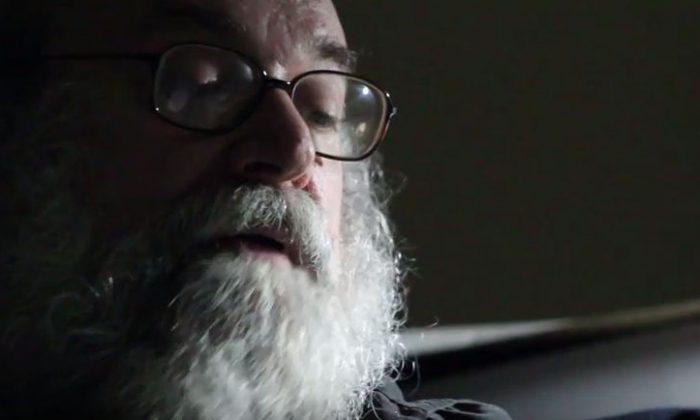The Fermi Gamma-ray Telescope is dedicated to detecting gamma-ray bursts (GRBs)–enormous yet brief energy emissions that mainly occur as massive, aging stars die.
When a star with a mass greater than 25 times that of our sun runs out of fuel, it can no longer sustain its own weight, and collapses into a black hole. During this process, a fraction of the star’s outer layer explodes as a supernova.
As the black hole sucks up matter from the star, it fires out a gas jet at near light-speed through the supernova envelope that generates a GRB.
“Fermi is lucky to measure the highest energy portion of the gamma-ray burst emission, which last for hundreds to thousands of seconds–maybe 20 minutes,” said Péter Mészáros, Eberly Chair Professor of Astronomy and Astrophysics and Physics at Pennsylvania State University, in a press release.
According to Mészáros, Fermi misses about 500 GRBs for every one it detects, because the bursts are highly directional.
“Fermi has done much better in measuring how close to the speed of light the jet gets,” said Mészáros. “But we still don’t know if it is 99.9995 percent the speed of light or 99.99995 percent the speed of light.”
Fermi’s extremely accurate measurements have increased our theoretical understanding of GRBs.
“We have been able to rule out the simplest version of theories which combine quantum mechanics with gravity, although others remain to be tested,” Mészáros said.
As they are emitted by ancient stars, GRBs are visible far from the Earth and therefore in the early universe.
“We think we can detect them at the infancy of the universe,” Mészáros concluded.






